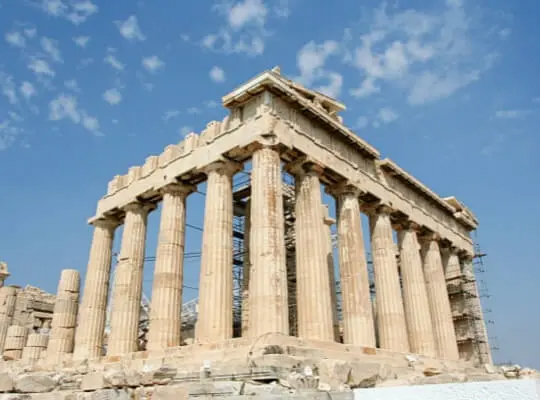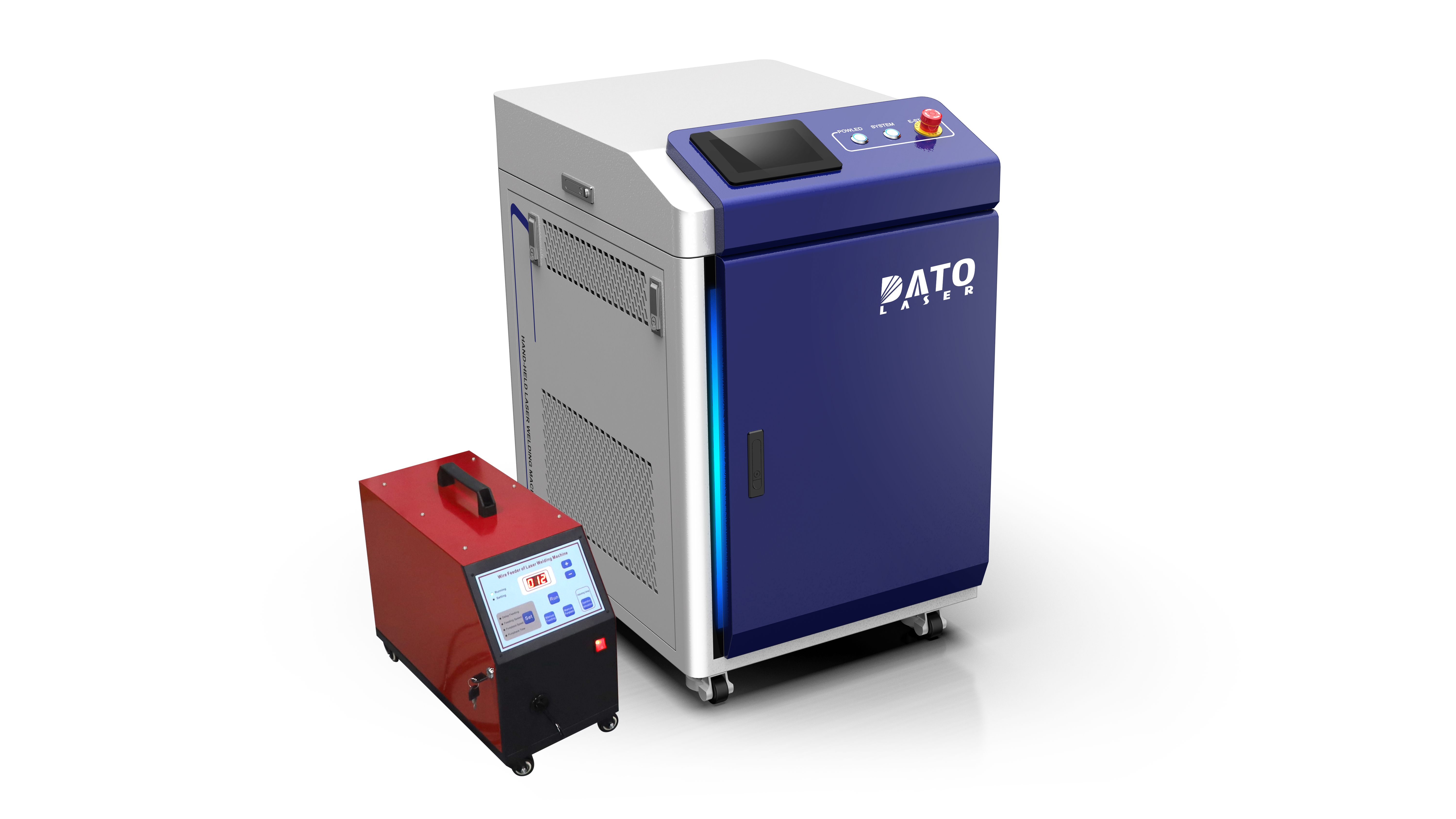Why Do Stainless Steel Welds Turn Black? The Science Behind Laser Welding Colors

Understanding Color Changes in Stainless Steel Welds
Working with laser welding technology for over 15 years at Dato & Leapion, I've frequently encountered questions about the color changes that occur during stainless steel welding. These rainbow-like patterns and black marks often concern our clients, but they're actually a natural part of the welding process. Let me share our extensive knowledge about this fascinating phenomenon.
The Science of Heat Tinting
When stainless steel is exposed to high temperatures during laser welding, it undergoes a process called heat tinting. This occurs because the chromium in the steel reacts with oxygen in the air, forming a thin oxide layer on the surface. The thickness of this oxide layer determines the color you see, ranging from pale straw yellow to deep blue and black.
Temperature and Color Correlation
Through our extensive testing at Dato & Leapion's research facility, we've observed that different temperatures create specific colors:
Pale yellow appears at approximately 290°C
Brown surfaces develop around 340°C
Purple coloration emerges at about 370°C
Blue tints show up at roughly 390°C
Dark blue or black forms at temperatures exceeding 510°C
The Role of Oxidation in Weld Coloration
Chemical Reaction Process
During laser welding, the intense heat causes the chromium in stainless steel to react more readily with oxygen. This reaction creates chromium oxide, which forms a protective layer on the steel's surface. While this layer helps prevent corrosion, it also causes the distinctive color changes we observe.
Heat-Affected Zone (HAZ)
The heat-affected zone surrounding the weld experiences different temperature gradients, leading to varying oxide layer thicknesses. This variation creates the characteristic rainbow pattern often seen around laser welds. Our advanced laser welding systems at Dato & Leapion are designed to minimize the HAZ while maintaining weld strength.

Impact on Weld Quality and Performance
Structural Integrity
Many clients ask whether these color changes indicate compromised weld quality. Based on our extensive testing and real-world applications, the presence of heat tinting doesn't necessarily mean reduced structural integrity. However, excessive oxidation can potentially affect corrosion resistance.
Corrosion Resistance
The chromium oxide layer that causes coloration actually helps protect stainless steel from corrosion. However, if the layer becomes too thick due to excessive heat, it might reduce the steel's natural corrosion resistance. Our laser welding experts carefully control parameters to maintain optimal protection.
Prevention and Control Methods
Shielding Gas Technology
At Dato & Leapion, we utilize advanced shielding gas systems in our laser welding machines to minimize oxidation. Inert gases like argon or helium create a protective environment around the weld zone, significantly reducing color changes and maintaining material properties.
Parameter Optimization
Our research team has developed precise parameter settings for different stainless steel grades. These settings control:
Laser power output
Welding speed
Focus position
Gas flow rates
Post-Weld Treatment Options
Surface Cleaning Techniques
When color removal is necessary, we recommend several effective methods:
Mechanical cleaning using specialized brushes
Chemical passivation treatments
Electrochemical cleaning processes
Passivation Processes
To restore optimal corrosion resistance, we often suggest passivation treatment after welding. This process removes free iron from the surface and enhances the protective chromium oxide layer.
Industry-Specific Considerations
Medical Device Manufacturing
In medical device production, where we frequently work with our clients, appearance and cleanliness are crucial. Our laser welding solutions include specialized parameters and shielding techniques to minimize heat tinting while maintaining sterile conditions.
Food Processing Equipment
For food-grade equipment manufacturing, we emphasize maintaining surface finish quality. Our laser welding processes are optimized to create clean, sanitary welds that meet strict industry standards.
Best Practices for Optimal Results
Material Preparation
Proper material preparation significantly impacts weld quality and coloration. We recommend:
Thorough cleaning of surfaces
Removal of oils and contaminants
Appropriate material storage conditions
Environmental Control
Our experience shows that controlling the welding environment is crucial. We advise:
Maintaining clean, dust-free conditions
Monitoring ambient temperature and humidity
Ensuring proper ventilation
Quality Assurance and Testing
Visual Inspection Methods
Our quality control processes include detailed visual inspection protocols to assess:
Weld color uniformity
Heat-affected zone extent
Surface finish quality
Advanced Testing Procedures
We employ various testing methods to ensure weld integrity:
Radiographic testing
Ultrasonic inspection
Corrosion resistance testing
Future Developments in Laser Welding
Emerging Technologies
At Dato & Leapion, we're constantly researching new technologies to improve weld quality and reduce heat tinting. Current developments include:
Advanced beam shaping techniques
Intelligent power control systems
Real-time monitoring solutions
Industry Trends
The laser welding industry continues to evolve, with increasing focus on:
Automated quality control
Reduced heat input methods
Enhanced surface finish preservation
Conclusion
Understanding why stainless steel welds turn black is crucial for achieving optimal welding results. Through proper parameter control, environmental management, and post-weld treatment, it's possible to minimize unwanted coloration while maintaining weld quality. At Dato & Leapion, we continue to advance our technology and expertise to provide the best possible laser welding solutions for our clients.
Related Blogs
-
 Exploring the Safety, Precision, and Industrial Benefits of Laser Surface CleaningIn today’s fast-paced industrial world, where quality, efficiency, and sustainability are top priorities, manufacturers are constantly seeking better ways to clean metal surfaces without compromising material integrityBlog
Exploring the Safety, Precision, and Industrial Benefits of Laser Surface CleaningIn today’s fast-paced industrial world, where quality, efficiency, and sustainability are top priorities, manufacturers are constantly seeking better ways to clean metal surfaces without compromising material integrityBlog -
 A Complete Guide by DATO and LeapionIn modern industry, surface preparation and maintenance play a crucial role in achieving high-quality manufacturing results. Laser cleaning machines have emerged as one of the most innovative, efficient, and environmentally friendly tools for removing contaminantsBlog
A Complete Guide by DATO and LeapionIn modern industry, surface preparation and maintenance play a crucial role in achieving high-quality manufacturing results. Laser cleaning machines have emerged as one of the most innovative, efficient, and environmentally friendly tools for removing contaminantsBlog -
 Laser cleaning machines are revolutionizing industrial surface cleaning by offering a faster, safer, and more eco-friendly alternative to traditional methods. Whether removing rust, paint, oil, oxide, or other surface contaminants, laser cleaning has become a cutting-edge solution in manufacturing,Blog
Laser cleaning machines are revolutionizing industrial surface cleaning by offering a faster, safer, and more eco-friendly alternative to traditional methods. Whether removing rust, paint, oil, oxide, or other surface contaminants, laser cleaning has become a cutting-edge solution in manufacturing,Blog -
 Introduction: Transforming EV Battery Manufacturing Through Laser TechnologyThe electric vehicle revolution has accelerated dramatically over the past decade, bringing with it unprecedented challenges and opportunities in battery manufacturing. As global automakers commit billions to electrificationBlog
Introduction: Transforming EV Battery Manufacturing Through Laser TechnologyThe electric vehicle revolution has accelerated dramatically over the past decade, bringing with it unprecedented challenges and opportunities in battery manufacturing. As global automakers commit billions to electrificationBlog














